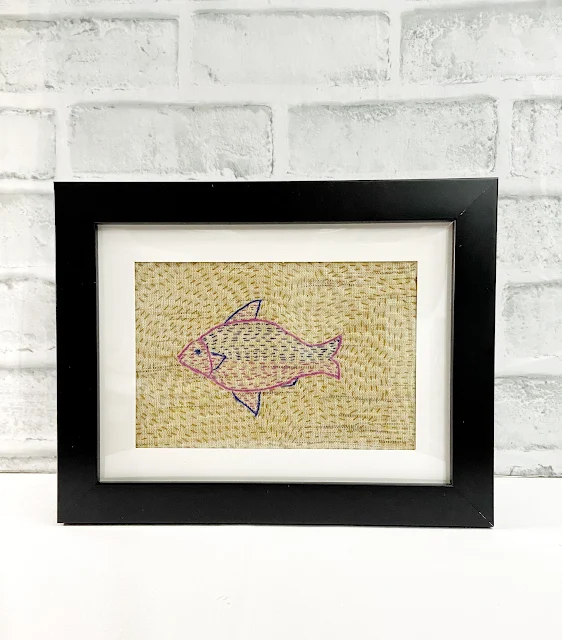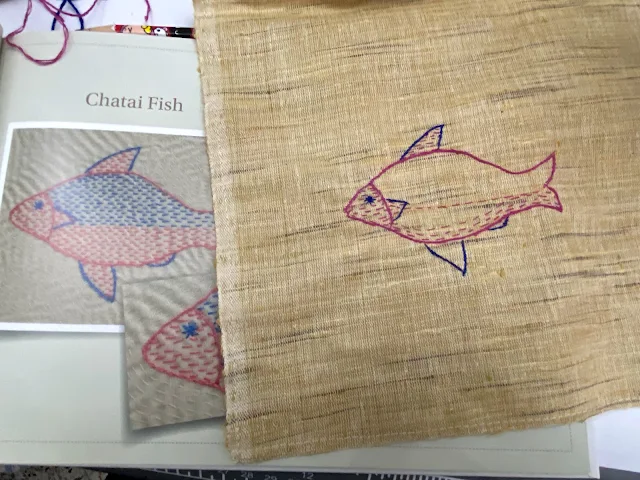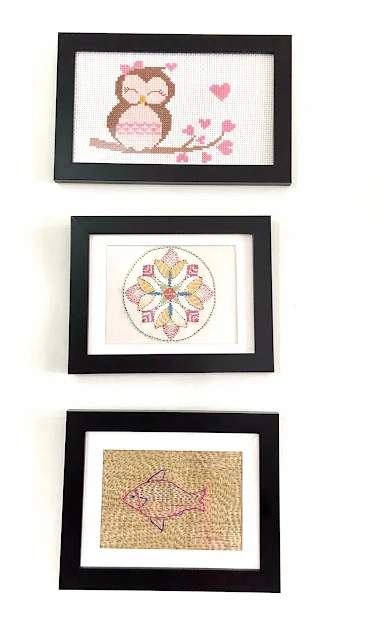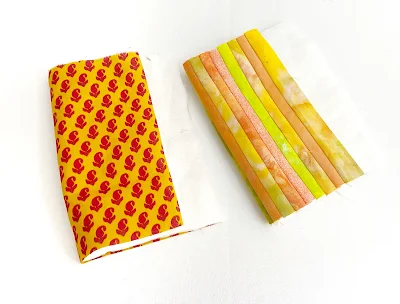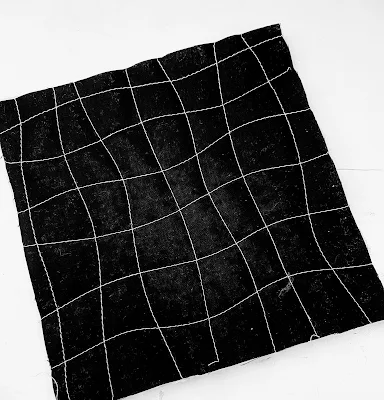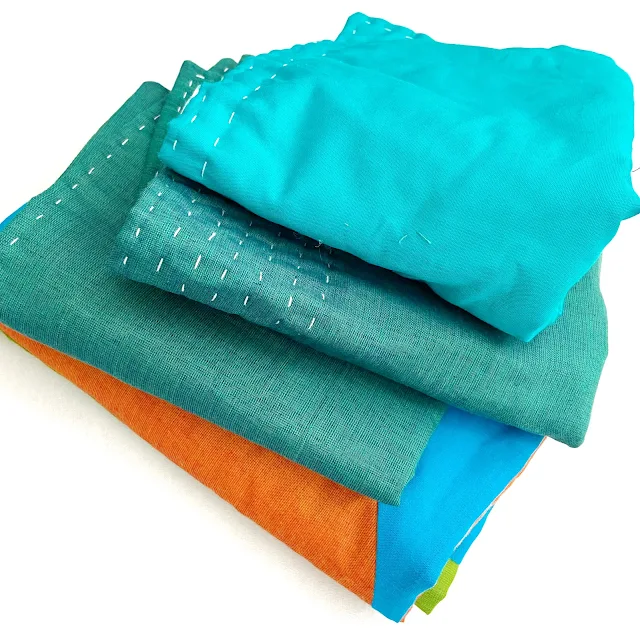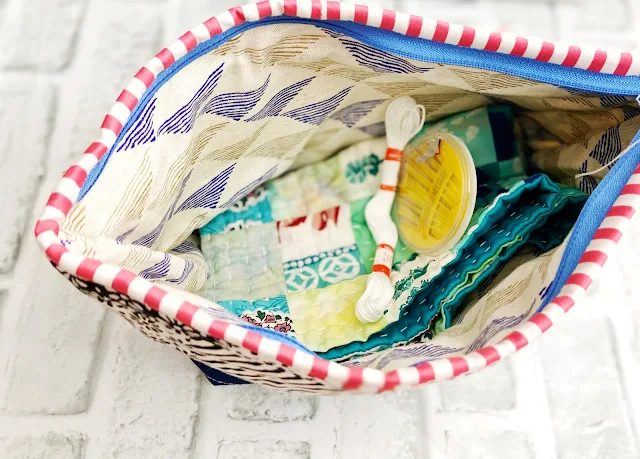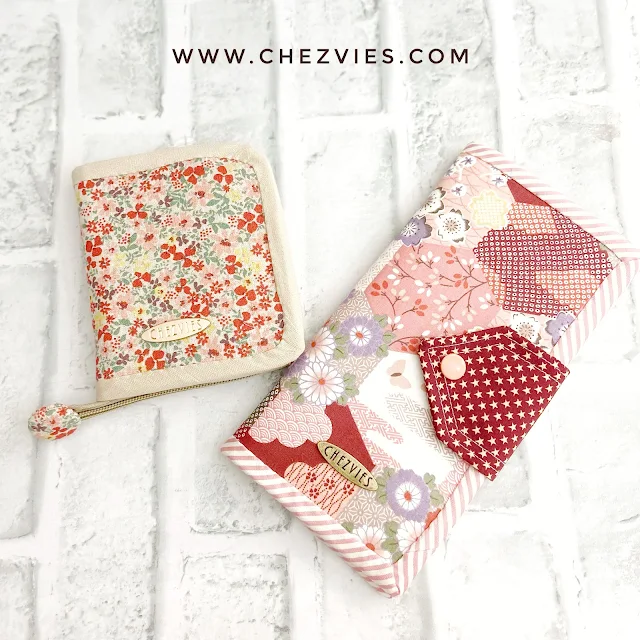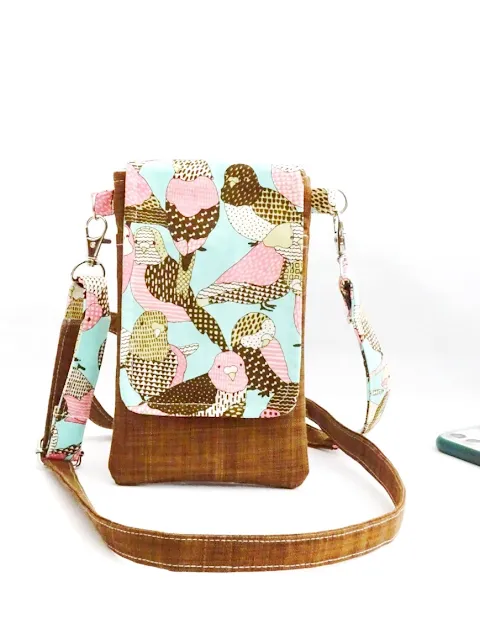Hello, I hope everyone is doing fine. It's the end of October already. The past few weeks, I have not done much sewing, cos my spondylitis is giving me trouble again. The therapist told me to stop working for a couple of weeks and exercise more regularly. The latter I'm still struggling with. Ha!
But I managed to finish the potholders swap for our Desi Quilters Pot of Gratitude Swap. It's now received with so much love. Thank you, partner!! Well, working with the mood board assigned to you is pretty challenging. I was assigned this cool mood board by Kuppulakhsmi.
It took me a couple of days to think about what would be the best fit. I browse Pinterest and Instagram and even made a couple of blocks that I thought would work out, but it was not. So I add those blocks to my PHD bin. I decided to make mini granny square blocks, using 1.5" squares and the color palette in the photos. Well, some shades and added green to brighten it. I found the blue bird print in my stash that is perfect for backing.
WATCH NOW: HOW TO MAKE SCRAPPY POTHOLDER
And I also got my swap package from Preetha. When she posted the pineapple potholders in the group, I sort of know it's for me but I was not sure. So I'm very happy when they arrived with all the other goodies she sent. The color thread cones are fantastic. I've been searching for one but did not find it in my regular shop. And don't miss the pretty keyring, my initial!! The potholders are so cute that I put them up in my sewing room now. I don't have the heart to use them. Thank you so much Preetha for the thoughtful gifts! She told me the lady who made the beautiful keyring is battling cancer. If you happen to read up to this part, please send a prayer to her.
As I said, making these potholders is pretty challenging. Besides we have to make according to the mood board, we also learn to make a small block that fits the idea. You can choose, either color or shape from the mood board or a mix of those. I was thinking of different ideas, including making flower appliques, but decided to make a simple one, a granny square block, but using smaller pieces so that I can fit in more colors. Now that reminds me of my UFO Granny Square quilt.
ALSO READ: How to make a granny square pillow with zipper
All in all, swap is a great learning process and the feeling of receiving gifts of love from our online friends is really warms my heart.
Thank you for stopping by,
Take care & happy sewing!
Elvira











